Look At That Inflammatory Process!!

look at that inflammatory process!!
this is a intestinal polyp slide. also check out that hemossiderosis in the hemorraged vessel to right!
More Posts from We-are-all-paranoid and Others

WATCH THIS VIDEO
a very, VERY important post. spread everywhere and screen record the video to your phone. or message me and ill happily send you the video. give to every woman and girl you know.
bc as they both said / demonstrated, its not only super easy to do, but super easy to miss.

Using a slime mold, an electrically conductive single-cell organism, researchers created a smartwatch that only works when the organism is healthy, which requires the user to give it food and care.
Devices such as cellphones, laptops, and smartwatches are constant companions for most people, spending days and nights in their pocket, on their wrist, or otherwise close at hand.
But when these technologies break down or a newer model hits stores, many people are quick to toss out or replace their device without a second thought. This disposability leads to rising levels of electronic waste—the fastest-growing category of waste, with 40 million tons generated each year.
Scientists wondered if they could change that fickle relationship by bringing devices to life—literally.
After creating the slime mold watch, they tested how the living device affected its wearer’s attitude toward technology.
Continue Reading
why do you and others like vaccines so much?
not dying of preventable diseases is actually one of my favorite hobbies

Slime Molds and Intelligence

Okay, despite going into a biology related field, I only just learned about slime molds, and hang on, because it gets WILD.
This guy in the picture is called Physarum polycephalum, one of the more commonly studied types of slime mold. It was originally thought to be a fungus, though we now know it to actually be a type of protist (a sort of catch-all group for any eukaryotic organism that isn't a plant, animal, or a fungus). As protists go, it's pretty smart. It is very good at finding the most efficient way to get to a food source, or multiple food sources. In fact, placing a slime mold on a map with food sources at all of the major cities can give a pretty good idea of an efficient transportation system. Here is a slime mold growing over a map of Tokyo compared to the actual Tokyo railway system:

Pretty good, right? Though they don't have eyes, ears, or noses, the slime molds are able to sense objects at a distance kind of like a spider using tiny differences in tension and vibrations to sense a fly caught in its web. Instead of a spiderweb, though, this organism relies on proteins called TRP channels. The slime mold can then make decisions about where it wants to grow. In one experiment, a slime mold was put in a petri dish with one glass disk on one side and 3 glass disks on the other side. Even though the disks weren't a food source, the slime mold chose to grow towards and investigate the side with 3 disks over 70% of the time.

Even more impressive is that these organisms have some sense of time. If you blow cold air on them every hour on the hour, they'll start to shrink away in anticipation when before the air hits after only 3 hours.
Now, I hear you say, this is cool and all, but like, I can do all those things too. The slime mold isn't special...
To which I would like to point out that you have a significant advantage over the slime mold, seeing as you have a brain.
Yeah, these protists can accomplish all of the things I just talked about, and they just... don't have any sort of neural architecture whatsoever? They don't even have brain cells, let alone the structures that should allow them to process sensory information and make decisions because of it. Nothing that should give them a sense of time. Scientists literally have no idea how this thing is able to "think'. But however it does, it is sure to be a form of cognition that is completely and utterly different from anything that we're familiar with.

A door full of opportunities
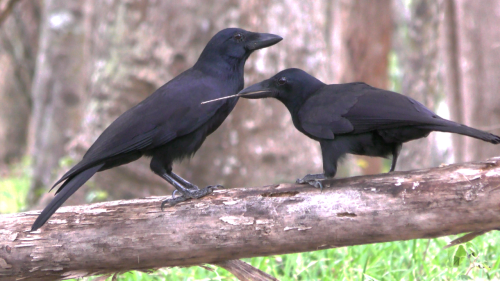
Like humans, these big-brained birds may owe their smarts to long childhoods
Human beings typically don’t leave the nest until well into our teenage years—a relatively rare strategy among animals. But corvids—a group of birds that includes jays, ravens, and crows—also spend a lot of time under their parents’ wings. Now, in a parallel to humans, researchers have found that ongoing tutelage by patient parents may explain how corvids have managed to achieve their smarts.
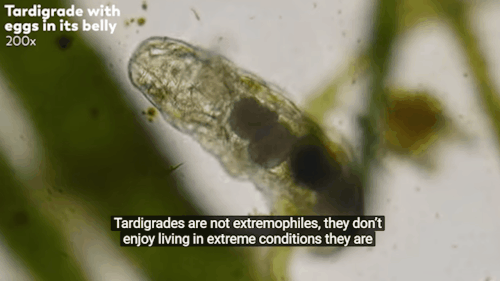
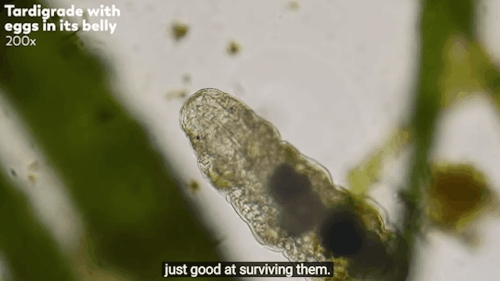
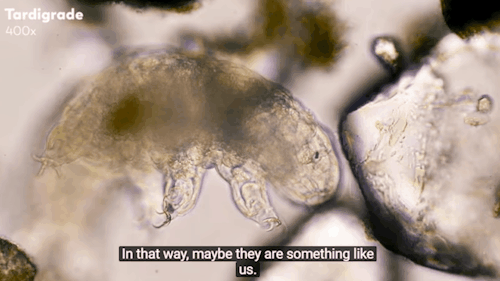
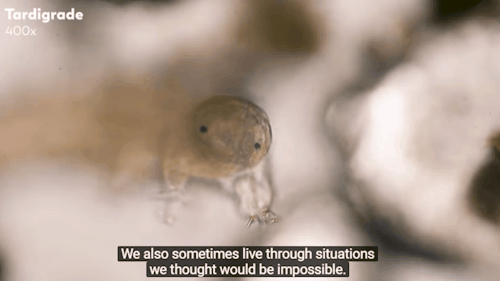
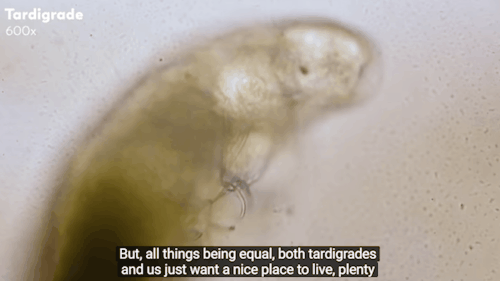
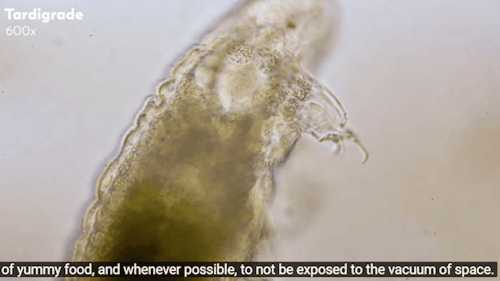
Journey to the Microcosmos: Tardigrades: Chubby, Misunderstood, & Not Immortal
Images originally captured by Jam’s Germs
Thank you @airyearthgirl for inspiring me to gif these amazing lines

google's search suggestion feature helps us to articulate a question that we've all been wondering about but have never been able to put into words: "Can bacteria make smarter?"
-
 cupcakealpaca liked this · 10 months ago
cupcakealpaca liked this · 10 months ago -
 gulabi-bunny liked this · 11 months ago
gulabi-bunny liked this · 11 months ago -
 first-l0ve reblogged this · 11 months ago
first-l0ve reblogged this · 11 months ago -
 itboyzhongli liked this · 11 months ago
itboyzhongli liked this · 11 months ago -
 lunore reblogged this · 1 year ago
lunore reblogged this · 1 year ago -
 irlydidntthinkthisthru reblogged this · 1 year ago
irlydidntthinkthisthru reblogged this · 1 year ago -
 we-are-all-paranoid reblogged this · 1 year ago
we-are-all-paranoid reblogged this · 1 year ago

